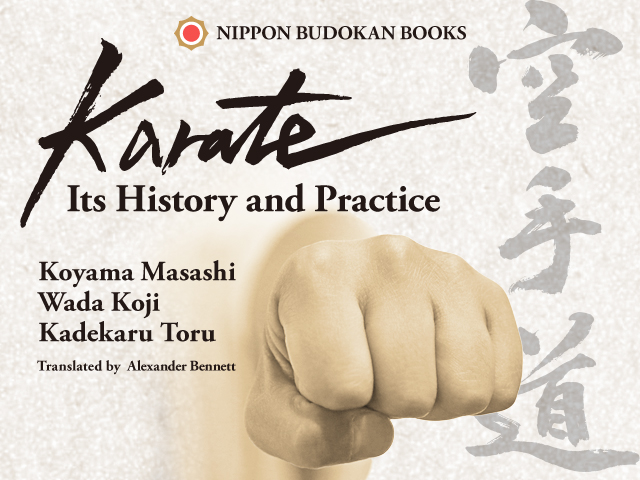
Karate—Its History and Practice
Koyama Masashi
Wada Koji
Kadekaru Toru
Translated by
Alexander Bennett
Get ready to dive into the fascinating world of karate. This long awaited book – Karate: Its History and Practice – is the ultimate guide to the history and development of karate, co-authored by Koyama Masashi, Wada Koji, and Kadekaru Toru, three leading experts in the Naha and Shuri traditions of karate. Translated into English by Alexander Bennett, a highly respected budo practitioner and researcher, this book is a must-read for anyone interested in the history and practice of karate.
Karate finally made its debut at the 2020 Tokyo Olympics and is gaining worldwide attention on many different levels: as a sport, a vehicle for education, and as a way of life. The release of this book could not be more timely, as it is the ultimate resource for karate practitioners and researchers around the world who have been eagerly waiting for a comprehensive guide to this martial art. Get your hands on this book and explore the fascinating world of karate like never before!
AVAILABLE IN PRINT AND KINDLE FORMATS AND ON THE BUDO BOOKS APP IN E-BOOK FORMAT! SEE THE LINKS BELOW!!

Contents
Recommendation
Foreword
Chapter 1 Okinawa
Section 1 The History of Karate and Okinawa
Section 2 Three Aspects of Ryukyu Martial Arts
Section 3 Karate after the 1879 Disposition of Ryukyu
Section 4 The Introduction of Karate in Schools (1)
Section 5 The Introduction of Karate in Schools (2)
Section 6 The Spread of Karate in Okinawa
Section 7 The Arrival of Modern Karate (1)ーShifting from Chinese Kempo Origin Theories
Section 8 The Arrival of Modern Karate (2)ーStandardisation of New Kata
Chapter 2 Kanto Region
Introduction The Significance of Competition Karate
Section 1 The Foundations Set by Funakoshi
Wada Essay 1: Wayward Pride
Section 2 Karate Takes Root
Wada Essay 2: The Unreasonable “Vaccine”
Section 3 The Spread of Karate in Japan
Wada Essay 3: A 100% Just Fight
Chapter 3 Kansai Region
Section 1 Kano Jigoro and Karate
Section 2 The Dai-Nippon Butokukai and Karate
Section 3 The Creation of Ryuha
Section 4 College Students in the Kansai Region
Koyama Essay 1: Kyoto Budo History—The Gihokai Dojo
Section 5 Ties Between Universities in East and West Japan
Chapter 4 Postwar Period
Section 1 Introduction
Wada Essay 4: Mita Karate Kai Thursday Club—Funakoshi Shihan’s Kata
Section 2 International Diffusion: Technical Changes Through Kumite
Wada Essay 5: Height of the Student Movement—A Discussion with Wako Haruo
Section 3 The 1st Karate World Championships
Wada Essay 6: Weakness of Mind
Section 4 The Internationalisation of Karate—From its Place of Birth, Okinawa
Section 5 National Sports Festival of Japan
Section 6 Kumite and Kata Competitions
Koyama Essay 2 : Kata
Section 7 Compulsory Budo in Junior High Schools, and the Road to the Olympics
Special Essay: Nagura Toshihisa
Section 8 JKF & WKF: Organisation and Activities
Chapter 5 Special Roundtable Discussion
References
Timeline
Index
Profile


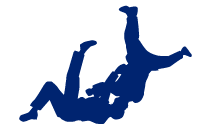




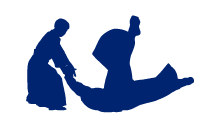




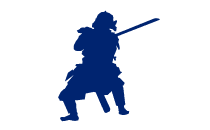





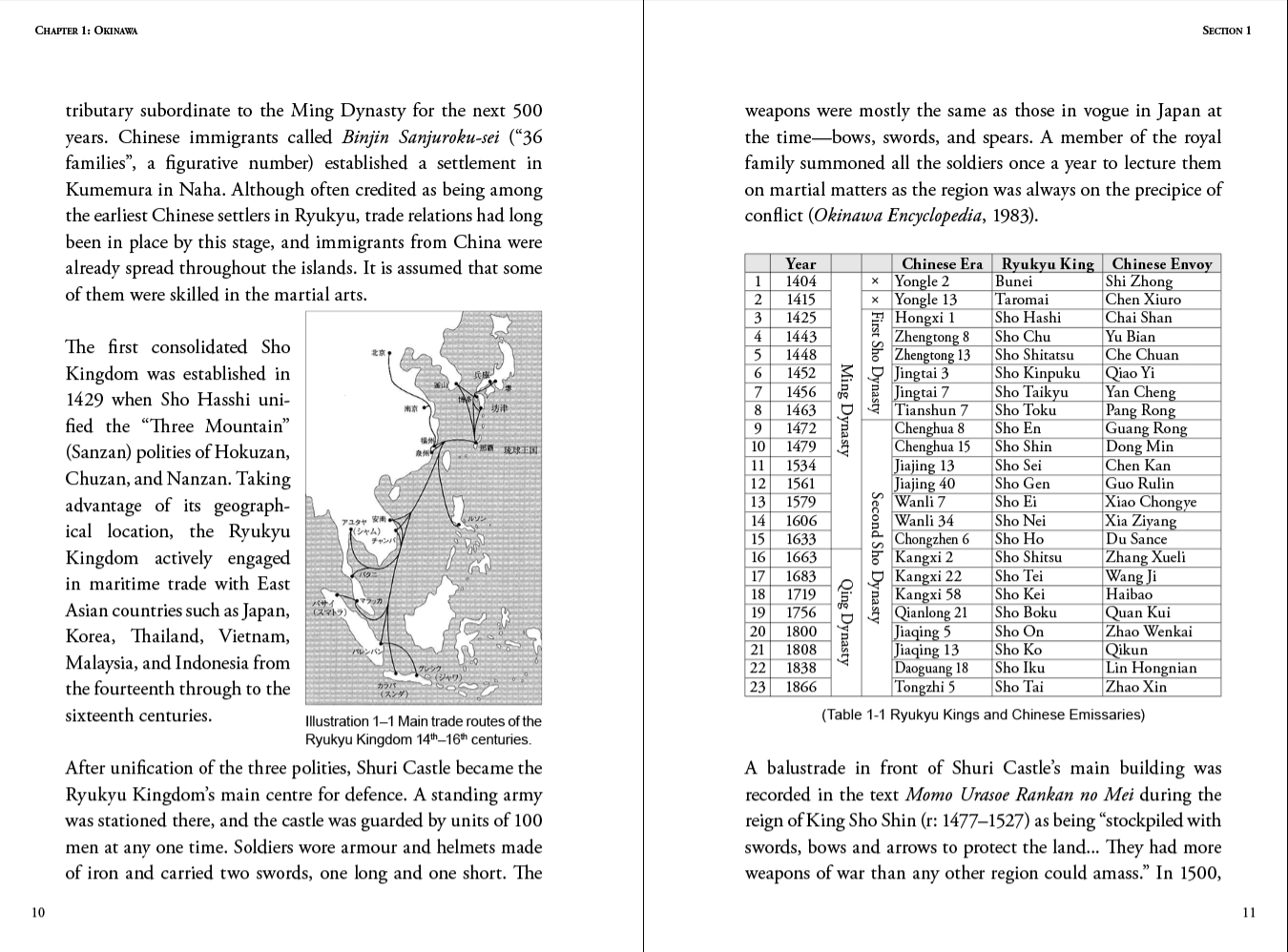
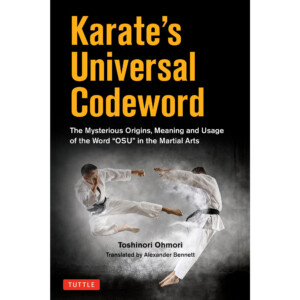

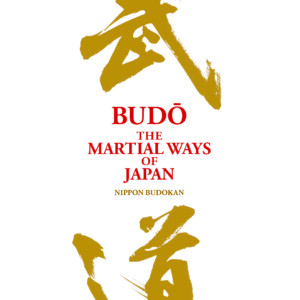

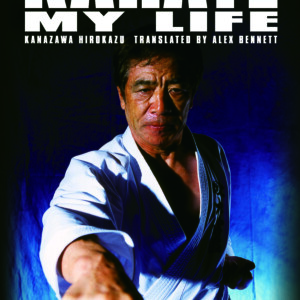
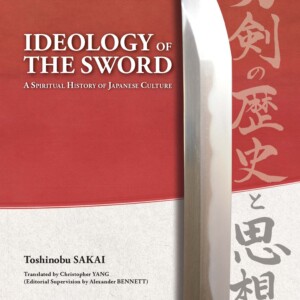
No comments yet.